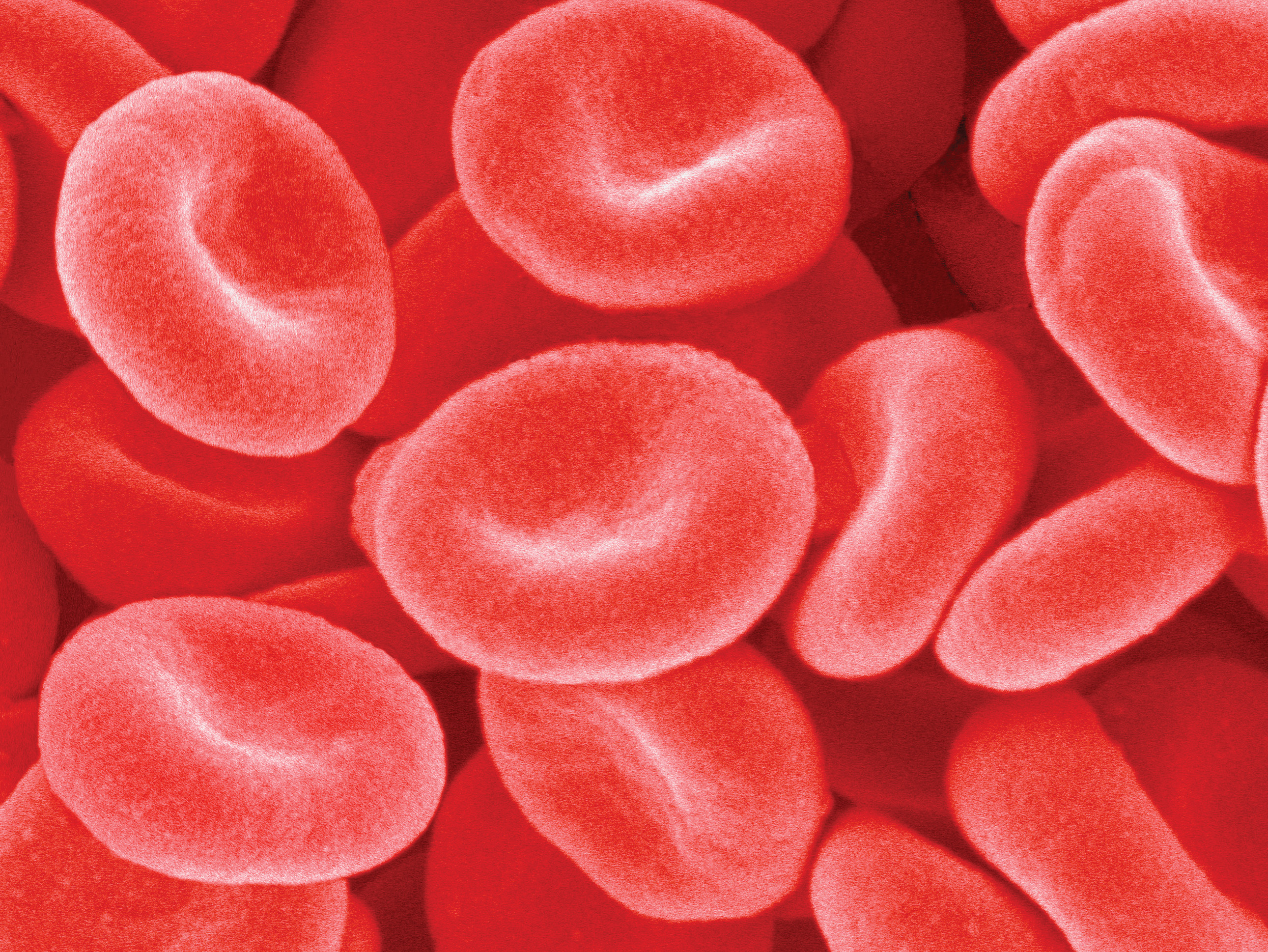
What is dust? Why is it your fault?
Look around your room. Dust is everywhere. What is it? It is primarily dead skin cells. In fact, you (and your friends and family) slough off millions of dead skin cells each day—
Mitosis has just one purpose: to enable existing cells to generate new, genetically identical cells. There are two different reasons for this need (FIGURE 6-10).

1. Growth. During development, organisms get bigger. Growth happens in part through the creation of new cells. In fact, if you want to see cell division in action, one surefire place to find it is at the tip of a plant root: at a growth rate of about half an inch per day, the root is one of the fastest-
2. Replacement. Cells must be replaced when they die. The wear and tear that come from living can physically damage cells. The daily act of shaving, for example, damages thousands of cells on a man’s face. It’s nothing to worry about, though. Microscopic views of human skin reveal several distinct layers, with the outermost layers—
13
Some other cells that must be replaced actually die on purpose, in a planned process of cell suicide called apoptosis (A-
Every day, a huge number of cells in an individual must be replaced by mitosis. In humans this number is in the billions. Nearly all the somatic cells of the body—
The rate at which mitosis occurs in animals varies dramatically for different types of cells. The most rapid cell division takes place in the bone marrow (as red blood cells are produced) and in the cells lining various tissues and organs. The average red blood cell, for example, is in circulation for only about two to four months and then must be replaced (FIGURE 6-11). The cells lining the intestines are replaced about every three weeks. Hair follicles contain some of the most rapidly dividing cells.

TAKE-HOME MESSAGE 6.5
Mitosis enables existing cells to generate new, genetically identical cells. This makes it possible for organisms to grow and to replace cells that die.
List the two different reasons why cells need to undergo mitosis to produce new, identical cells.
As organisms get bigger, growth happens in part through the creation of new cells through mitosis. Mitosis is also responsible for the replacement of cells when they die.